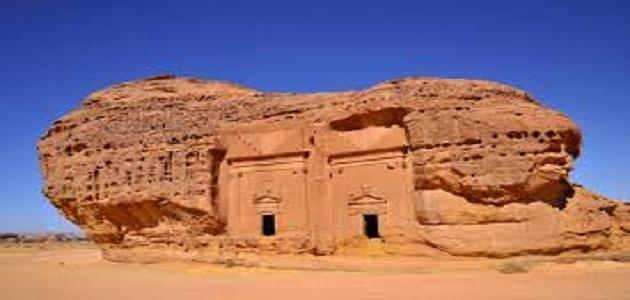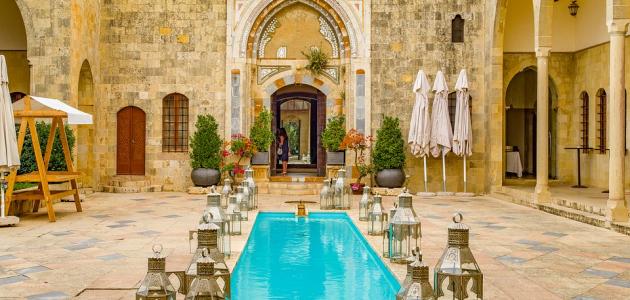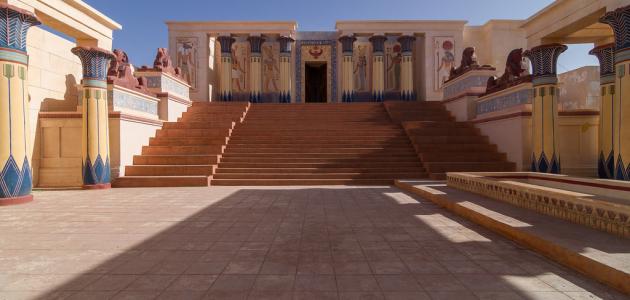Hanging Gardens
Hanging gardens are the gardens of Babylon, and it was one of the Seven Wonders of the World, and was often built in 600 BC, by Nebuchadnezzar II, and it is believed that these gardens possessed stunning terraces, raised on a series of terraces, and now there is no remaining trace of them.
Description of hanging gardens
According to legends, Nebuchadnezzar built the suspended gardens of his wife Amidia, which was missing mountainous terrain, cold areas, and stunning views of her homeland in Persia; where the suspended gardens are believed to be a tall building, which has several balconies, which made its shape resemble the mountain to the extent What, the gardens were built on stones, which were rare at the time, and were planted with many diverse plants and trees that required large quantities of water to survive in the harsh desert environment; so it is believed that there was a system like the engine that pumps water from either a well located Unfortunately For, or directly from the river, and in this way amidia was able to walk in the cold rooms of the building due to the shade of the plants in addition to the water that was pumped to the upper honor, however information about the hanging gardens of Babylon or its location is still not confirmed, as there is no evidence It was strong that it was located near the Euphrates to pump water from it.
Many descriptions that were published around the hanging gardens agreed that they were located near the royal palace, as they were described as being irrigated by an exceptional system of irrigation, and the stone balconies were covered with layers of different materials, such as bitumen, reeds, and lead, so as not to leak Irrigation water across the stands, and German archaeologist Robert Koldoy discovered an unusual series of foundation rooms and arches in the northeastern corner of the palace in Babylon.
Theories about hanging gardens
- Research conducted in the late twentieth and early twenty-first centuries indicated that common ideas about hanging gardens flourishing in Babylon on the roof of the building or on the terraces may be wrong, and a later theory assumed that because of the confusion between classical sources, suspended gardens may have been originally those Built by Sennacherib (704 / 705-681 BC) in Nineveh, this study suggested that the gardens were built on a sloping structure with the aim of imitating the mountainous natural landscape, and it was irrigated with an innovative irrigation system, and perhaps this was an employment of what was later known as the Archimedes spiral.
- Theories assume that the gardens were not actually suspended, but were built on either side of the balconies on a brick structure, and some descriptions claim that the suspended gardens were growing up to 22.86 in the air, and that people could walk underneath.
- There is a difference of opinion about who actually built the gardens; it was said that Nebuchadnezzar built it, but it is strange that Nebuchadnezzar recorded many achievements in cuneiform, a type of ancient writing that was used to keep records at that time, and did not Hanging gardens are mentioned, which led many scholars to believe that the gardens were built by the Assyrian queen or even by Sennacherib, the governor of Nineveh.








